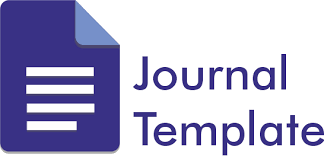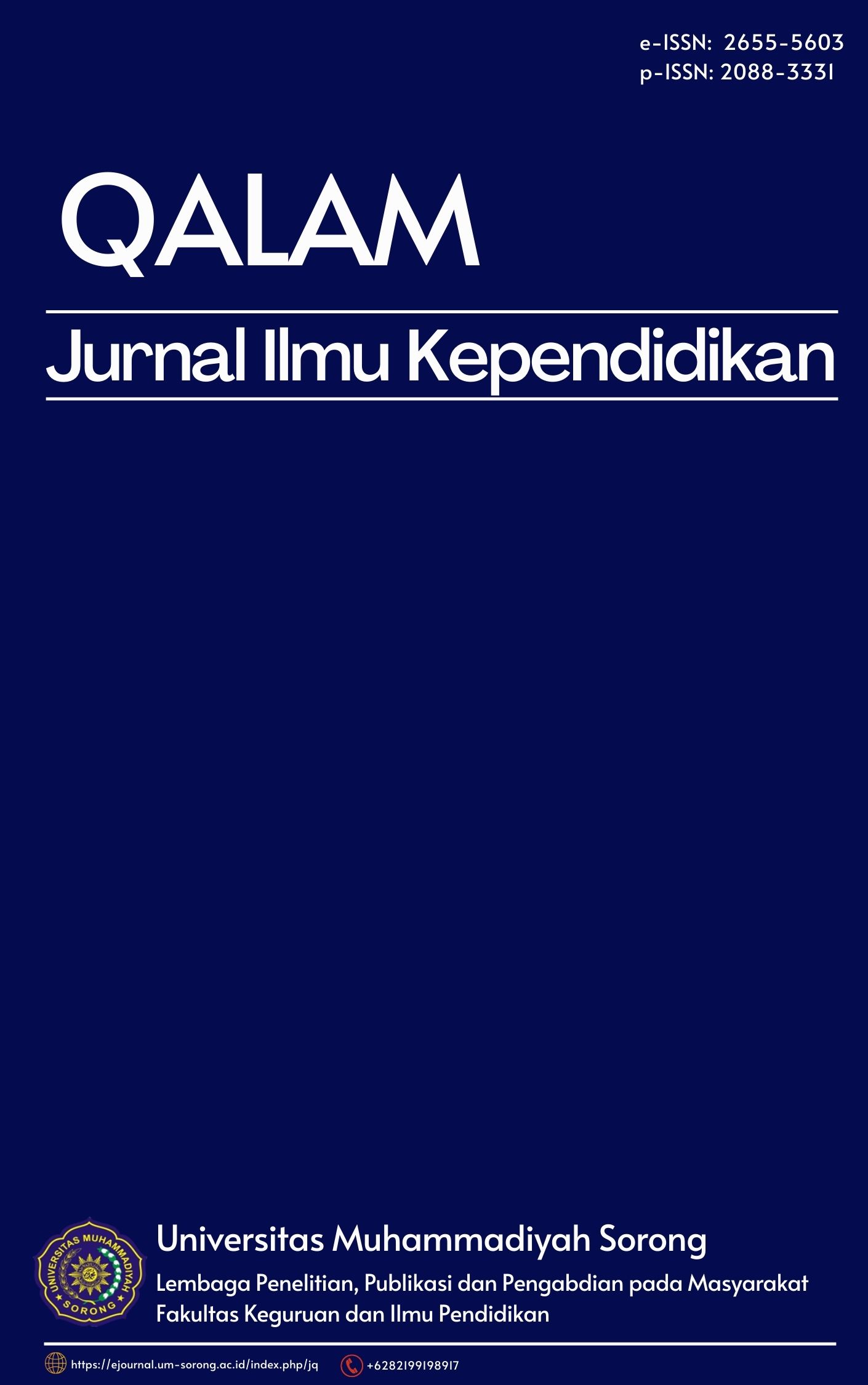Understanding the Function of Present Perfect Tense through EGRA Implementation in EFL Classroom
DOI:
https://doi.org/10.33506/jq.v9i1.951Keywords:
EGRA Technique, Present Perfect Tense.Abstract
This study focused on investigating the effectiveness of EGRA (Experience, Generalization, Reinforcement, Application) technique implementation in improving the ability of college students at London School English Center to understand the usage of the present perfect tense. The study used a true Experimental method with a pretest-posttest control group design. The population was all the college students studied in London school. It was 45 students. The sample was taken using random sampling. It was 24 students divided into two classes. The experimental group was 12 and the rest 12 students were as the control group. The N-gain calculation was used to know the effectiveness of the EGRA implementation in improving students' ability to understand the usage of the present perfect tense. The N-gain result showed I percentage mean. The calculation result showed 65.45 %. It meant that the implementation of EGRA techniques reached the Effective Enough category. It was revealed that the use of EGRA technique was effective enough to enhance the students 'understanding of the usage of the present perfect tense. While the result of N-gain for Control group was 21.41% mean. It showed that the application of the conventional method (Explanation and practicing) was not effective in improving students' ability to understand the usage of the present perfect tense.References
Aini, Z. P. Q. (2017). The Use of EGRA ( Experience, Generalization, Reinforcement, Application ) Technique to Improve the Students’ Writing Skill on Descriptive Text for the Eighth Grade Students of SMPIT Nurul Islam Tengaran in the Academic Year 2016/2017.
Alexander, L.G. (1988). Longman English Grammar. London: Longman.
Allsop, Jake. 1983. Cassell's Students' English Grammar. London: Cassell.
Azar, B. S. (2003). Fundamentals of English Grammar (Third Edition). New York: Pearson Education.
Azar, Bettty Schramfer. 1989. Understanding and Using English Grammar. America: Prentice hall regents
Brown, H. D., & Lee, H. (1994). Teaching by principles: An interactive approach to language pedagogy (Vol. 1, p. 994). Englewood Cliffs, NJ: Prentice Hall Regents.
Doff, Adrian. (1999). Language in Use Pre-Intermediate. Cambridge: Cambridge University Press.
Fauziah, E. (2018). The Intervention of Using EGRA Technique on Students’ Writing Ability of Explanation Text.
Grasha. (1978). Practical Application of Psychology. London: Cambridge Winthrop Publisher, Inc.
Hake, R, R. (1999).Analyzing Change/Gain Scores.AREA-D American Education Research Association’s Devision.D, Measurement and Reasearch Methodology.
Harmer, J. (2001). The practice of English language teaching. London/New York.
Helfah, I. G. S. (2018). Pengaruh Penggunaan Metode EGRA Terhadap Penguasaan Kosakata dan Penyusunan Kalimat Sederhana dalam Bahasa Mandarin pada Siswa Kelas X IIS 3 SMA Hang Tuah 2 Sidoarjo. Mandarin Unesa, 1(3), 1–16. https://doi.org/10.1017/CBO9781107415324.004
Heriyanti, H., Ibrahim, I., Taslim., A. Yuliana., Akib, R. (2017). Penerapan Metode Total Physical Response (TPR) untuk Meningkatkan Hasil Belajar Siswa Kelas X8 SMA Negeri 2 Watampone. Qalam Jurnal Ilmu Pendidikan dan Kependidikan, 6(2), 26-35.
Kenneth, C. 1976. Developing Second Language skills. New York: Houghton Mifflin, Comp.
Krashen, S. D. (1987). Principles and practice in second language acquisition. New York.
Kusumastuti, M., Pratiwi, M., & Husnussalam, H. (2019). Improving Grammar Skill Using Egra Technique for the Students’ Eighth Grade At Smpn 5 Cimahi. PROJECT (Professional Journal of English Education), 2(3), 325–331. https://doi.org/10.22460/project.v2i3.p325-331
Leech, G. N. (2004). Meaning and the english verb. USA: Routledge.
Lewis, M. (1986). The English verb : an exploration of structure and meaning. Hove: Language Teaching Publications.
Muhlisyah, B. N., & Hasmawati. (2017). Penggunaan Model Pembelajaran Egra ( Exposure , Generalization , Reinforcement , Application ) Dalam Keterampilan Menulis Karangan Sederhana Bahasa Jerman. Jurnal Penelitian Pendidikan INSANI, 20(2), 80–88.
Nurrahmatiah, S. (2010). Improving the Students’ Grammar Ability Through EGRA (Exposure, Generalization, Reinforcement, Application) Method of the Second Year Students Of SMP Moncoloe Makassar.
Pilu, R., Hardianto, & Supraba, A. (2020). The Effectiveness of EGRA ( Exposure , Generalization , Reinforcement , Application ) Method in Teaching. Jurnal Studi Guru Dan Pembelajaran, 3(1), 87–96.
Pyle, M. A., & Page, M. E. M. (2002). TOEFL preparation guide. New York: Cliffs Notes.
Ratna, Rita, F., & Hasyim, Z. (2016). Teaching passive voice to the grade x through egra technique. English Language Teaching Society (ELTS), 4(2), 1–14.
Rika Anggraini. (2019). Improving the Students’ Ability to Use Simple Present and Simple Past Tenses through EGRA (Experience, Generalization, Reinforcement, And Application) Method at SMP Batara Gowa ( A Classroom Action Research).
Rizkia, E., & Surachni, E. (2014). Metode EGRA (Exposure, Generalization, Reinforcement, Application) dalam Keterampilan Berbicara Siswa Kelas XI IPA 4 SMA Negeri 1 Krian. LATERNE Jurnal Pendidikan Bahasa Jerman, 3(3), 114–126.
Sari, M. (2017). The Implementation of EGRA Technique to Improve Students’ Ability in Comprehending Recount Text at MTSN Hamparan Perak.
Thomas, C.L. (1984). Tactics and Media: A Systematic Approach. London: Longman Group, L.td.
Tomlinson, B. (1990). Managing Change in Indoneisan High schools. ELT Journal, 44(1), 25-27
Thomson and Martinet.1986. A Practical English Grammar. New York: Oxford University Press
Uchiyama, K. (2006). English Verb Tenses : An informal but extensive reference by. Retrieved from http://repository.binus.ac.id/2009-2/content/G0472/G047215845.pdf
Wernon, G. S. (1980). Teaching and Media: A Systematic Approach. London: Longman Group, L. td.
Woods, Edward G., and Nicole J. McLeod. 1990. Using English Grammar: Meaning and Form. New York: Prentice Hall.
Downloads
Published
How to Cite
Issue
Section
License
The article copyright is owned by the author and Qalam: Jurnal Ilmu Kependidikan

This work is licensed under a Creative Commons Attribution-ShareAlike 4.0 International License.




